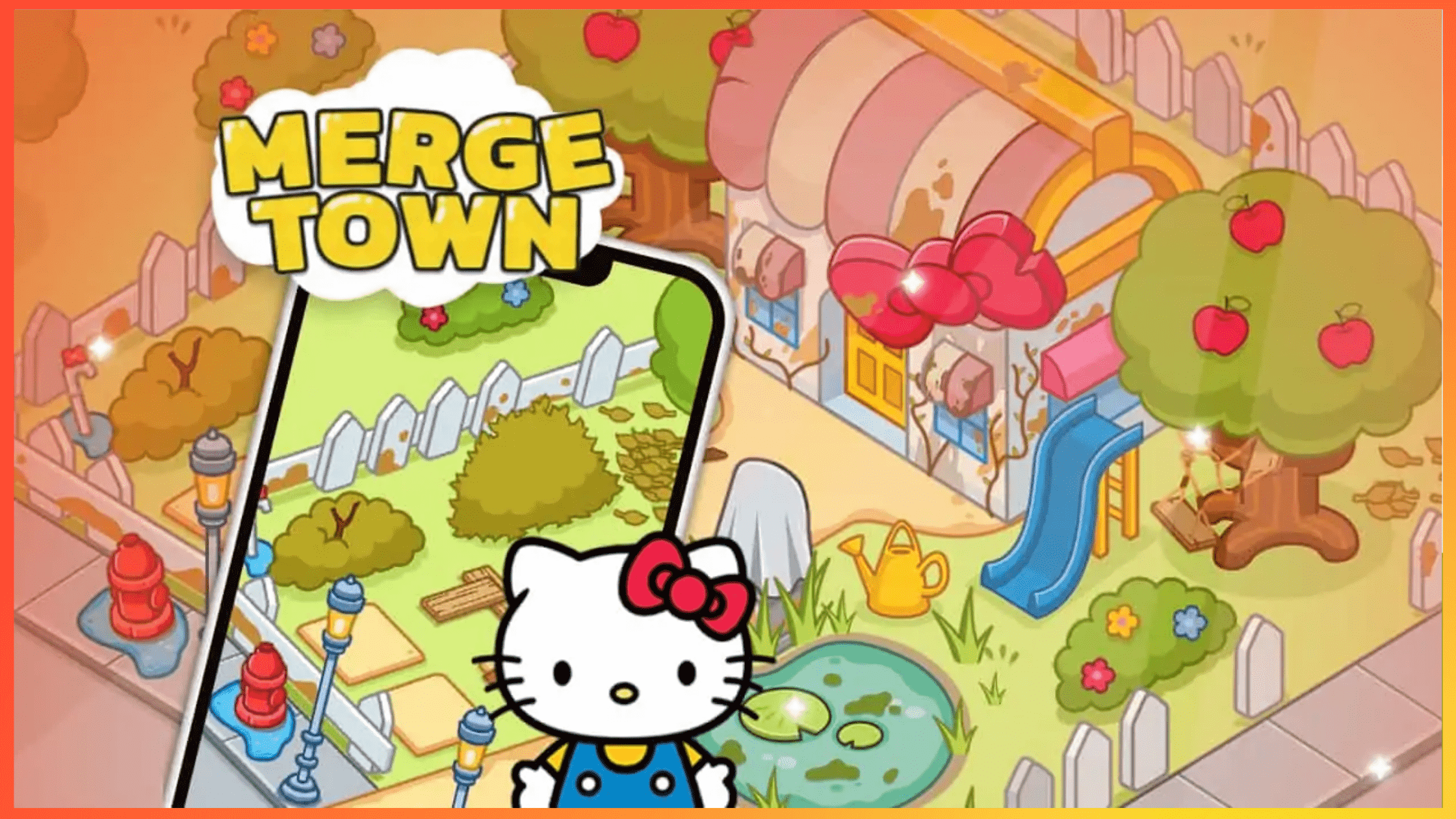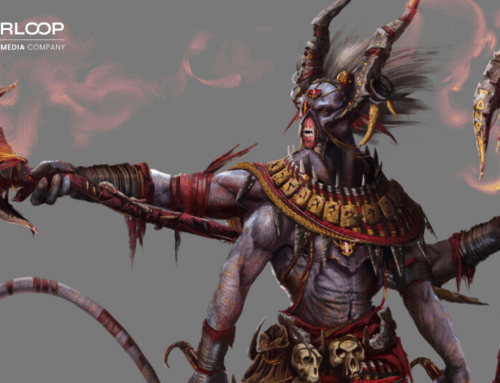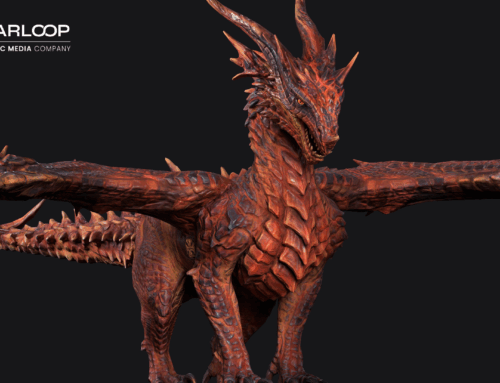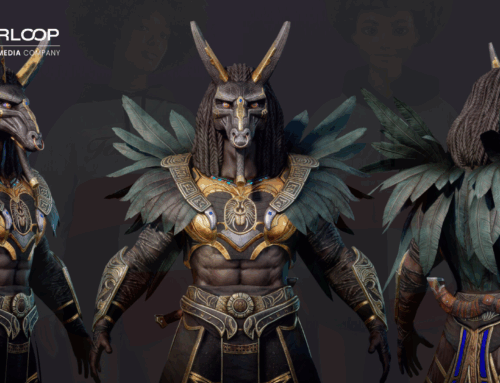The idea of a solid and smooth user experience (UX) is one that is a constant in design and development. Whether a website, a game, or an application, user experience is, and always should be, one of the key initial pieces considered. It should be iterated repeatedly and tested consistently to ensure that users and players can easily navigate your game or application.
For a game, in particular, where so many moving parts must work in tandem to keep players entertained and immersed, UX takes a place of high importance. If a game’s menus and options are frustrating to navigate, that can be all it takes to lose a player forever. It’s key in design and development to keep the user experience as smooth as possible.
What does UX mean in mobile game development?
User experience or UX is the direct flow and engagement of players with your game. It is, not just the engagement itself, but how intuitive the overall design is. UX, in mobile game development, is ensuring that players can easily understand and access the tools they need to overcome whatever challenges they face.
UX design in games means making them enjoyable for the player. All functions and controls operate as intended, navigation is simple and intuitive, game mechanics have proper reaction and interaction with player’s intent. Without good UX and a good UX designer to guide the game development, you’ll find players engagement dropping off. For mobile UX design, all developers involved must think and consider how each design decision impacts players.
Every little detail really affects how each player will react and understand elements or functionalities. What UX means in mobile game development is a huge question and ultimately, it’s the overall guidance and reaction from each player. And it’s the job of every game studio to consider and really focus in on the impact of design choices and how that affects the game’s overall user experience.
Why should mobile games take UX design into account?
It’s important to remember that UX in video games affects every single aspect of a game. Everything that is added in or changed, needs to be considered and contextualized by a UX designer. In this way, UX designers and developers need to be aware of the game as a whole and educate themselves on how a user might navigate and experience the game. This helps to then streamline and improve the overall user experience.
The question of why mobile games should take UX into account has a plethora of answers. As above, all games should take UX design very seriously. Adding on top of that, mobile phones can be tricky for users to play games on properly. And the mobile game market is hugely competitive when a hundred competitors are available on the shop. The playability of your game is paramount. If users are frustrated by slow page speeds, long loading screens, and a clunky interface, you’re not going to keep them long!
So, why is UX important in games? The answer is simple, they are what takes a game from good to great. They are the direct line to user-friendly games that are enjoyable. To neglect proper UX design, especially UX design on mobile, is to directly harm your game and the players’ experiences
What is the most important part of UX design in mobile game development?
The most important thing to keep in mind for UX design is the enjoyment of the user. The player, the user, the one on the other end of your application. For video game design, playability and enjoyment are at the forefront. Good UX design is the key in achieving that.
For UX designers, it’s important to focus in on playability and accessibility. Ultimately, a player-centred game design is absolutely paramount. Over the course of UX design, the mobile game experience and player experience need to be considered. If an element or function isn’t serving either of those experiences, it needs to be changed or removed.
A focus on interactive and reactive systems mean users can feel engaged even while navigating menus. And an engaged player is a happy player!
Keys to UX design
The world of UX is constantly evolving, so the priorities and keys in its creation change and are altered as player motivations change. But for an overall positive platform and mobile gaming experience, there are a few key elements that stay constant.
Intuitive design is always a must. Consistent and reliable navigation and interactive elements mean players can progress through your mobile game almost by instinct. Buttons to close should always be bottom and centre or at the top right. The menu and options are always up, out of the way from the main play. Usually in one of the top corners. There are elements of mobile design that are intuitive to the average player and user. It’s key that, as a UX designer, you take advantage and capitalize on that intuition.
It’s important to engage and occupy your player. But don’t overwhelm them. The digital experience can easily become overwhelming and too much if not managed properly. An optimized mobile UX is key in managing information overload on each page and screen. This experience can have a direct and immediate impact on the playability of your video game.
And finally, accessibility must always be considered. The mobile game experience needs to be as accessible as possible. Consider people who might be colour-blind or have difficulty performing certain actions on your control scheme. It’s a UX designer’s job to ensure that your mobile game is as accessible as possible.
These are just some key elements and considerations that UX designers should keep in mind. Iterate and learn, find what players like and respond to best, and keep a good play experience in mind throughout.
Starloop Studios is proud to be part of the Magic Media group, an international group specialising in entertainment and gaming industry services. Our wide range of offerings includes VFX, blockchain gaming, game art services, and more. Reach out today to avail of our expertise and A-Z services for your projects.



